Gum Grafting for Recession
Video on Gum Grafting for Recession
Click here for Gum Recession-Photo Gallery.
When recession of the gingiva occurs, the body loses a natural defense against both bacterial penetration and trauma. When gum recession is a problem, gum reconstruction using grafting techniques is an option.
When there is only minor recession, some healthy gingiva often remains and protects the tooth, so that no treatment other than modifying home care practices is necessary. However, when recession reaches the mucosa, the first line of defense against bacterial penetration is lost.
In addition, gum recession often results in root sensitivity to hot and cold foods as well as an unsightly appearance of the gum and tooth. When significant, gum recession occurs, it can predispose to worsening recession and expose the root surface, which is softer than enamel, leading to root caries and root gouging.
Connective Tissue Graft
Video on Connective Tissue Graft for Gum Recession
When gum recession results in root sensitivity to hot and cold foods and /or an unsightly appearance of the gum and tooth, connective tissue grafting can be performed to cover over the root. Connective tissue can be obtained from a patient's palate (from underneath the palatal skin) and placed onto the site with recession. Then an area of gum tissue is raised from the base of the recession in order to cover the gum tissue in order to provide a blood supply to the graft. This procedure creates healthy, tough tissue and also create a better cosmetic result.
Every patient's clinical presentation and situation is different in regards to recession and aesthetic gingival grafting. We are happy to answer any questions or concerns you may have regarding this procedure.
Click here for Gum Recession-Photo Gallery
Gingival Graft
The Free Gingival Graft is a procedure where a thin layer of gum tissue is gently removed from the roof of the patient's mouth and relocated to another site in order to create thick tough tissue or "attached gingiva".
The free gingival graft is often used to increase the width and thickness of very thin gum tissue. This type of gum graft can prevent further recession, which is all that is necessary to keep the tooth or teeth healthy. This procedure is not used to cover over an exposed root surface (see subepithelial connective tissue graft) The gingival graft procedure is highly predictable and results in a stable healthy band of attached tissue around the tooth.
Case Studies for Aesthetic Receding Gums

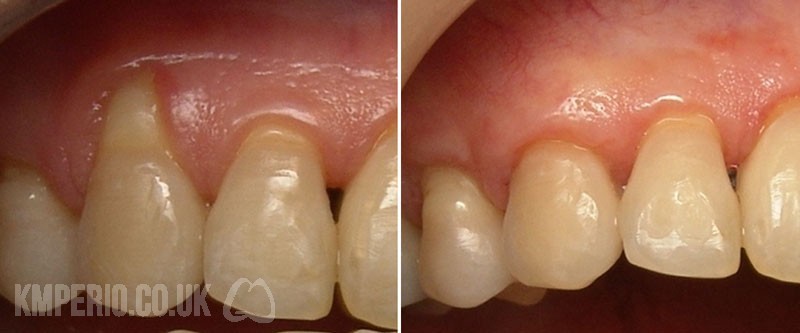
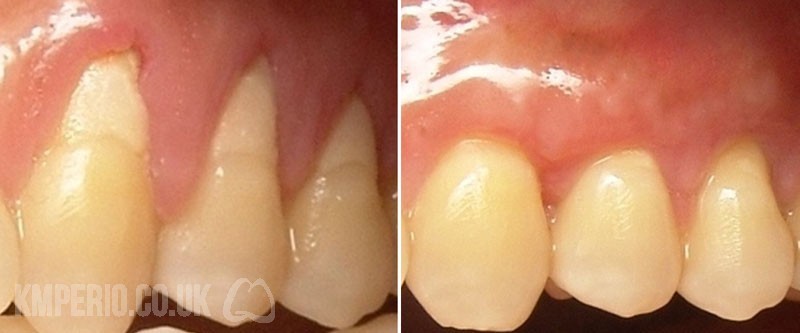
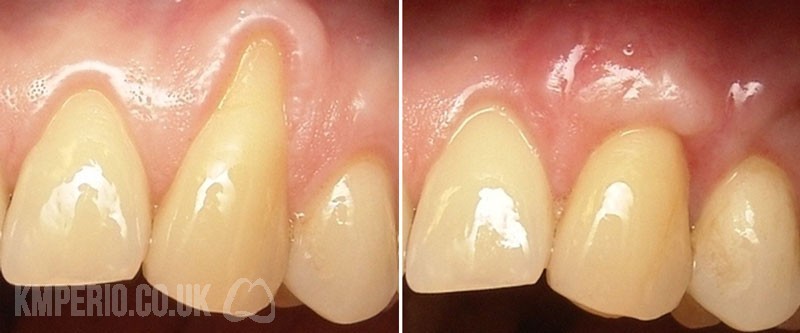
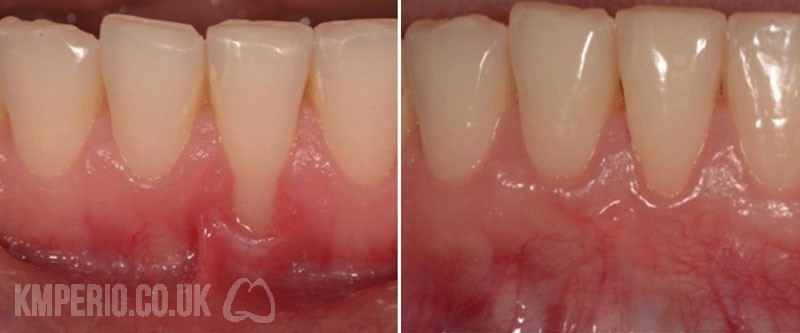
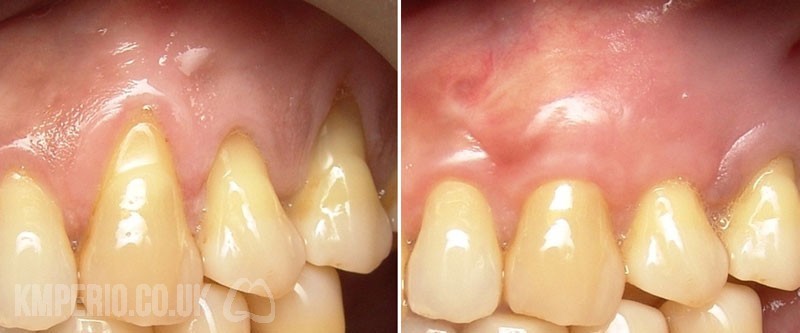
Alloderm Grafting For Gum Recession
If the palatal site is not an option, an acellular dermal matrix (Alloderm) graft can be used as a donor source for the graft. The product is donated, medically-processed, human tissue. The advantage of this procedure is no need for a palatal donor site and the ability to replace a large quantity of tissue.
Click here for Gum Recession - Alloderm Photo Gallery









